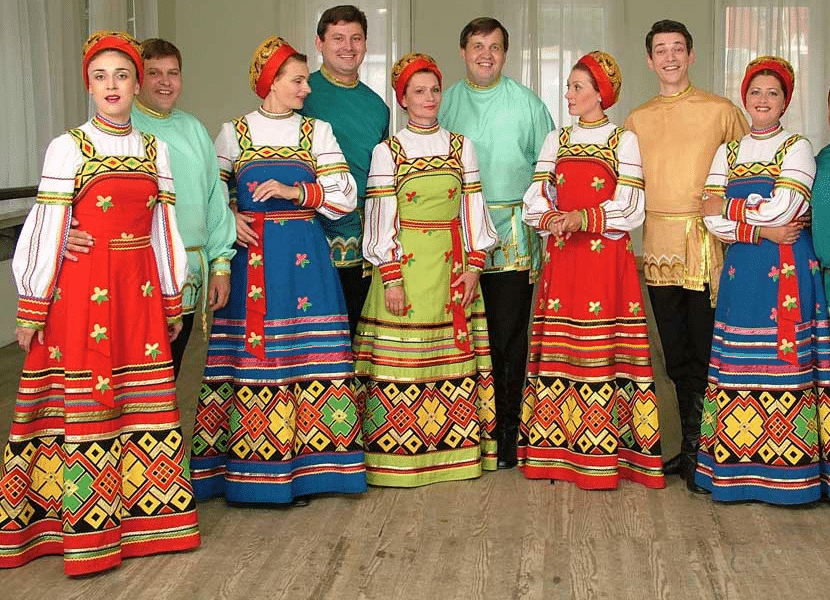
El typical russian costume It is different from the clothes of other countries in the world and it even differs quite a lot from neighboring countries. As is often the case, traditions regarding dress and other cultural aspects in Russia have been preserved mainly within the peasantry.
Russian traditional music
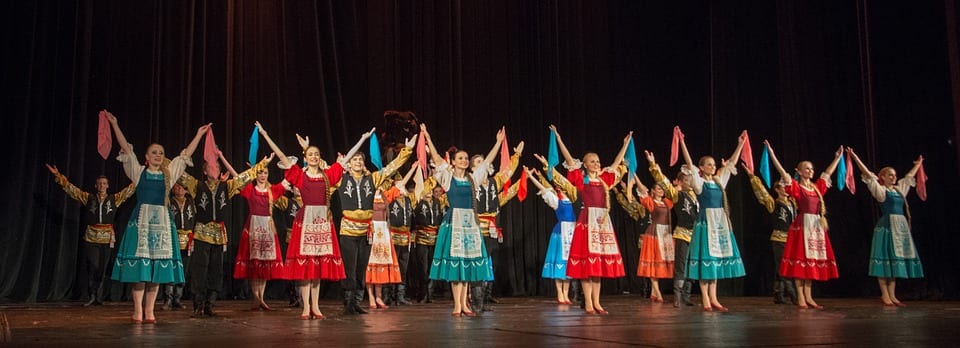
They say that the Slavic soul is the most romantic of all, which is why perhaps Russian music is charged with nostalgia, combined with the force of passion. When talking about traditional Russian music we have to think about folk music, which includes ethnic minorities that have been part of both the Russian Federation and its predecessor states, and here I include from the USSR to the medieval Russian principalities or the Russian Empire.
Dance, as a body expression of popular music, occupies a very important place in Russian culture, and it is the time when we have the opportunity to see and admire many of their traditional costumes. To be able to dance comfortably, the costumes that are created from the traditional costume, lightening it to the maximum, are always in bright colors and decorated with abundant embroidery. The costumes are very different, they change almost in each locality, they differ in the combination of colors, in the cuts of the sarafany (traditional Russian costume, long, sleeveless), in the shape of the hat and headdress or the arabesques.
Russian folk songs
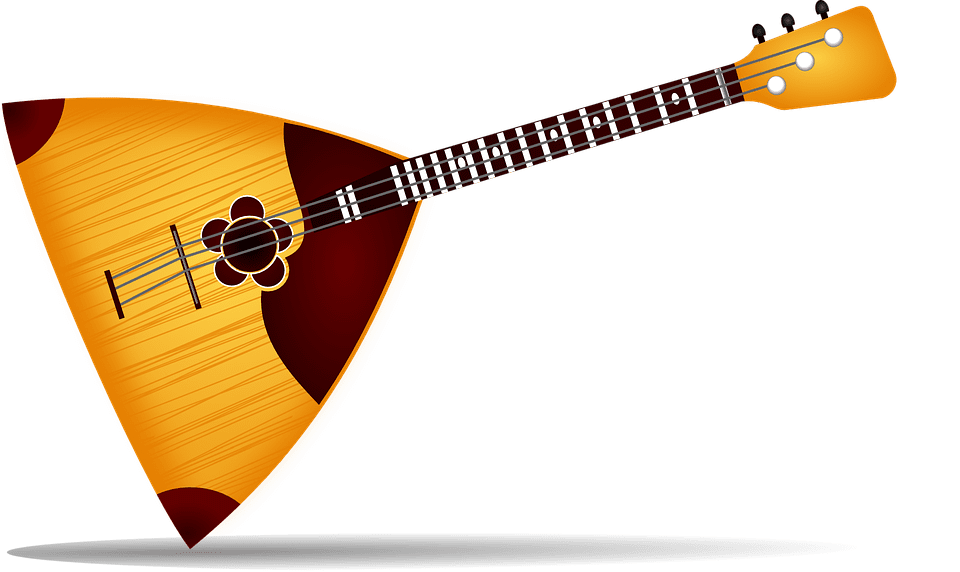
In Russia as in all cultures and peoples There are a large number of popular songs characterized by the timbre of the pectoral voice, its open vowels and the sound is direct, that is, there are no vibrations in the voice. These roots of Russian music go back to the art of the East Slavic tribes that populated the territory of ancient Russia.
A character that has remained to this day through oral tradition and songs is Sadko, a merchant, adventurer, and blackmailer musician who played his gusli, a stringed instrument. This type of instrument was very common in medieval Russia.
During the Middle Ages the main carriers of artistic culture were the boyany, creators, narrators and singers of Russian epic poems, of popular stories that interpenetrated with the artistic peculiarities of the inhabitants of the different areas of the country and whose art continues to be indispensable in all popular festivities, just as it was in the Tsarist court .
Certainly, an instrument that cannot be separated from traditional Russian music is the balalaika, which would not arrive until the seventeenth century, it is a lute with three metal strings characterized by its almost flat, triangular-shaped body, with a small resonance opening near the top vertex of the top and a long, narrow neck.
Sacred song in Russia
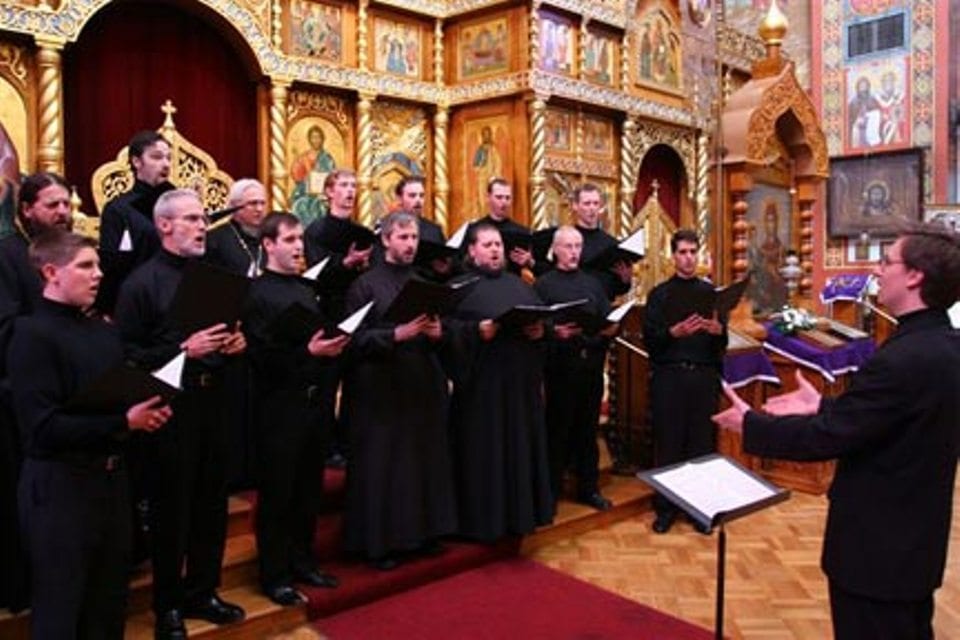
Religious singing developed a very important role in Russia due to the professionalization that was made of it, both at the level of authors and singers.. Professional training was done before entering monastic schools, singers learned music theory and received training in music theory.
Sacred music was exclusively vocal, the use of instruments was not allowed in churches following the typically Byzantine forms.
The ecclesiastical songs were characterized by a slow and majestically narrative character, soft melodies and fluent, absence of large intervals, the pronunciation of the words was exact, impeccable intonation, which demanded adequate breathing from the singers, leading to absolute professionalism which, in turn, allowed Russian artists to dominate the operatic repertoire when it arrived in the country in the XNUMXth century.
Traditional Russian music during the Russian Empire and Revolution
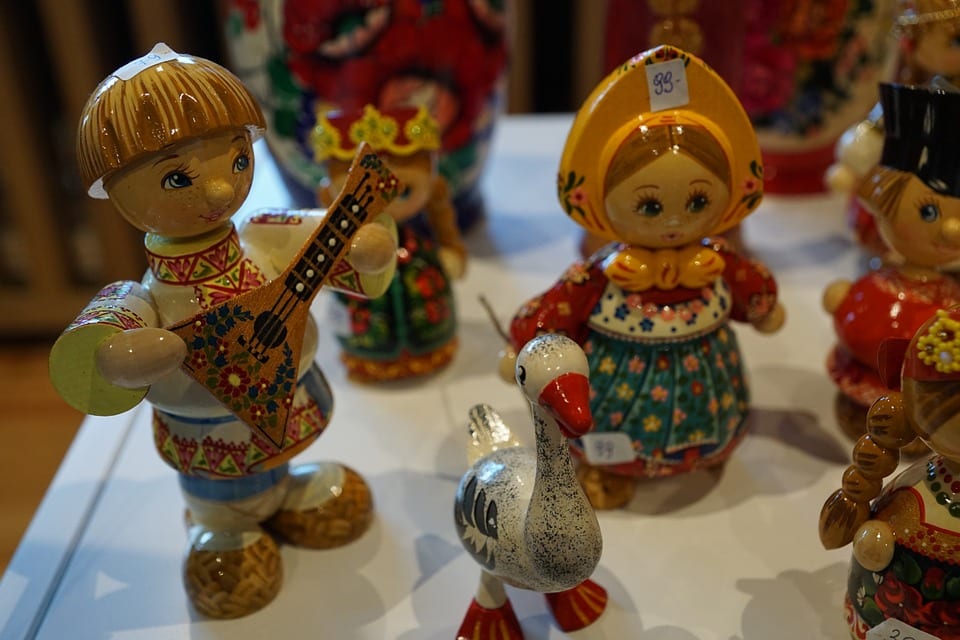
From the XNUMXth century, especially with the Empresses Elizabeth I and Catherine II, the Russian imperial court attracted numerous musicians from Italy who introduced European classical music, which would later serve as an inspiration to the great Russian composers such as Tchaikovsky, author of well-known ballets such as Swan Lake or Sleeping Beauty that has led him to be the best-known composer outside its borders.
At the end of the XNUMXth century and the beginning of the XNUMXth century, great authors such as Stravinsky, Aleksandr Skriabin, Sergei Prokofiev and Dmitri Shostakovich continued to appear, who experimented with musical style and language.. Some of them emigrated after the Russian Revolution, but others, like Prokofiev, remained in the country, inspiring the revolutionary spirit of the time.
During the Russian Civil War, music adopted proletarian-oriented styles and themes. Many musicians participated in the teaching programs of the working classes, which resulted in the proliferation of amateur bands and choirs. When conservatism settled in Soviet Russia the military choirs originated, whose most recognized song is kalinka, which is already part of the popular imagination.
Typical russian costume
Next we are going to explain what the typical Russian costume has been according to each era.
Russian clothing during the reign of Peter I
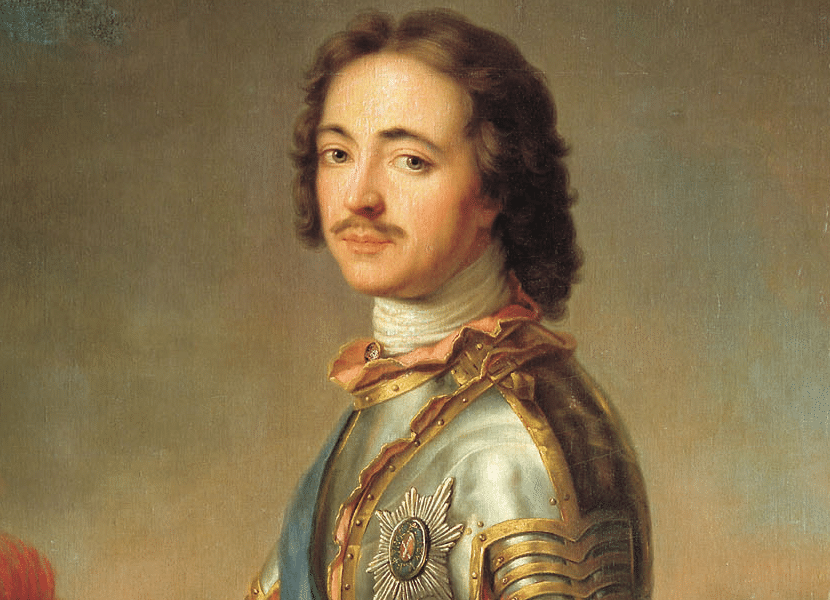
Peter I of Russia is considered one of the greatest rulers of Russia, who played an important role in the clothing of the Russians. During his reign, Pedro I issued a decree in which The use of traditional Russian clothing was prohibited and foreign clothing was chosen. This was in fact the first outward manifestation of all the innovations that this Russian Tsar would eventually introduce to his country.
Notwithstanding this decree, peasants in Russia were not affected by the ban. In fact the Russian peasants are true conservatives who very rarely have made modifications or changes in their clothing. Traditional clothing in Russia among peasants has been inherited from generation to generation. In addition, the clothing was generally made in each using materials that were precisely produced at home.
Not only that, in addition to the peasants, Traditional clothing in Russia has also been preserved by Cossacks, Old Believers, Freeholders, and other segments or strata of Russian society.. Undoubtedly, since Russia is such a large country and with diverse climatic zones ranging from subtropical climates to arctic climates, different styles of clothing emerged throughout all regions of Russia.
The conservative style of clothing of Russian peasants
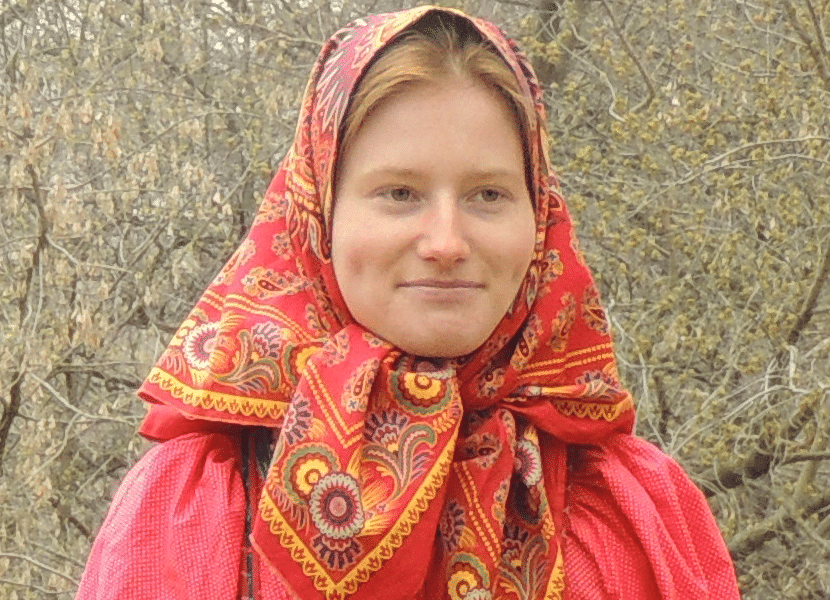
Important factors such as the unchanging lifestyle of the peasants, their moderation and their strong attachment to traditions, have affected the typical costume of Russian women. The traditional clothes that Russian women wear almost totally hides her female figure, focusing on the face through a headdress that served to hide the hair completely. When it comes to men's clothing in the field, this has always been extremely simple and generally of the same type throughout Russia.
Color schemes in Russian clothing
Traditionally Russian clothing is based on the use of two basic colors: white and red. Curiously, the word "red" was used in the past to name everything that was beautiful. Therefore, the red elements arranged in the clothing were considered as beautiful elements. In addition, the interaction with other countries led to the emergence of new colors in Russian clothing such as blue, gold or yellow.
Patterns and embroidery as decorative elements
In the southern part of Russia, geometric and plant patterns they were very common in the clothing that the inhabitants wore. In the northern zone, geometric patterns, zoo patterns and patterns related to human life were observed. That is, figures of leopards, horses, peacocks, diamond shapes, the tree of life, etc.
The belt: mandatory accessory in Russian clothing
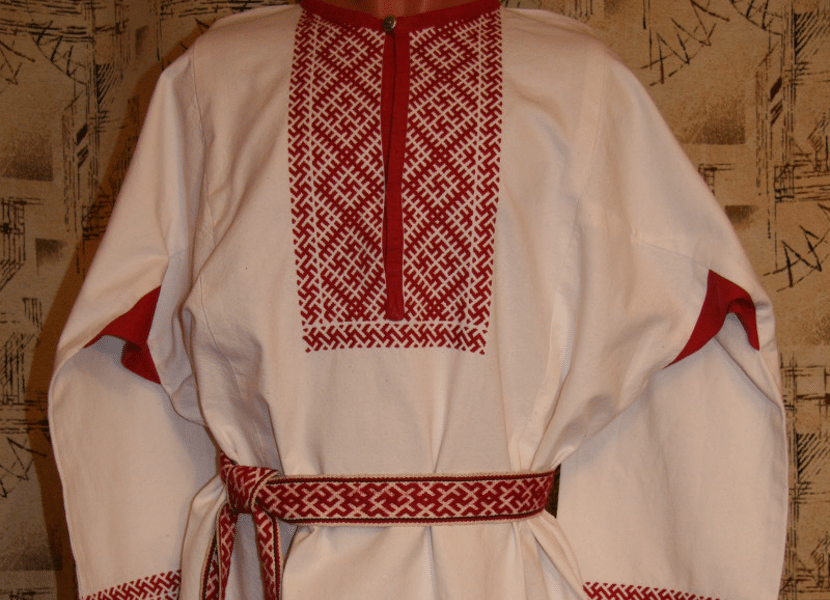
The belt continues to be a mandatory part of the traditional dress of Russians, both men and women. Its importance is such that in the past it was considered to have protective powers and to function as a powerful amulet. Young Russian girls wore a type of seat belt known as "lakomki", while the women carried money bags and small items on their belts.
It was also common for women to tie their belts under the chest or under the belly, while men usually wore smoking accessories on their belts.
Russian clothing in spring, autumn and winter
Curiously outer clothing was the same for both men and women. The traditional caftans, homemade coats and peasant coats were used. The main similarity in clothing was a deep crease in the left area. This Russian clothing was generally worn in spring and autumn.
During winter, traditional Russian clothing was similar for men and women alike. People used to wear sheepskin coats, deerskin coats, in addition to long fur coats and in all cases the fur was always inside.
Russian clothing during the Industrial Revolution
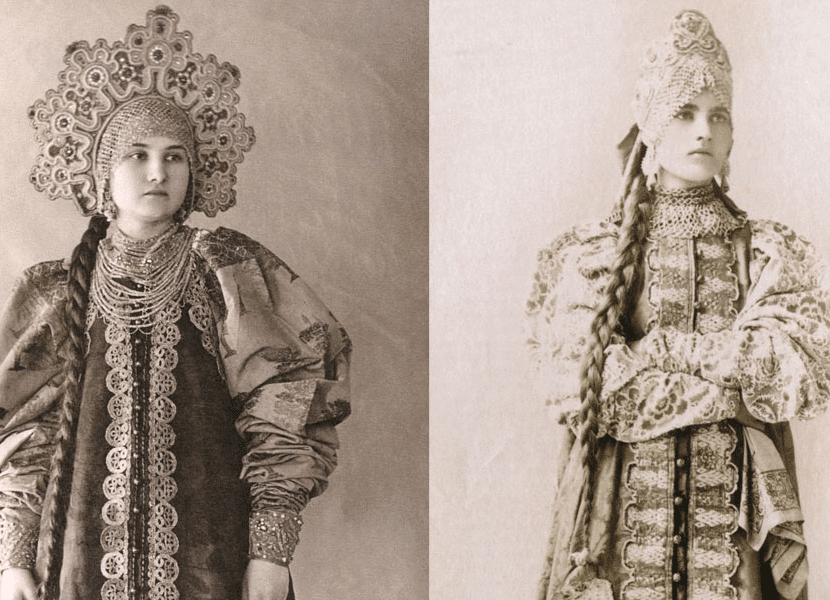
With the development industrial and the decline in the prices of fabrics and clothing, the development of cities experienced an impact on the traditional clothing of Russians. Eventually, among conservative peasants, types of clothing such as skirts and blouses began to appear.
Russian typical costume for man
Traditionally men wore pants, a shirt, usually with an oblique collar, and on top they closed with a belt. It was also common for them to wear felted wool hats, which could be found in different shapes. Little by little the hat was replaced by a cloth hat or a leather cap, with a strong influence of urban style.
Russian typical costume for women
All the Russian women used to wear a shirt with a skirt and a kind of headband called "Soroka". It was common for them to wear a long-sleeved linen shirt and on top of it they used a skirt known as "poneva". In the front part they used an apron, while in the upper part some additional elements.
russian dress for an expoccision
I don't like the dress
This page is not good, this is great!
Bleh. L.
I love Russia, it is one of the countries that I have been able to visit very cold but it is really beautiful.
Russia is my country and for me it is the most beautiful thing that I saw
when i went the water was wet
I don't know but I don't think this page suits me, the clothes are weird
absolutely great!